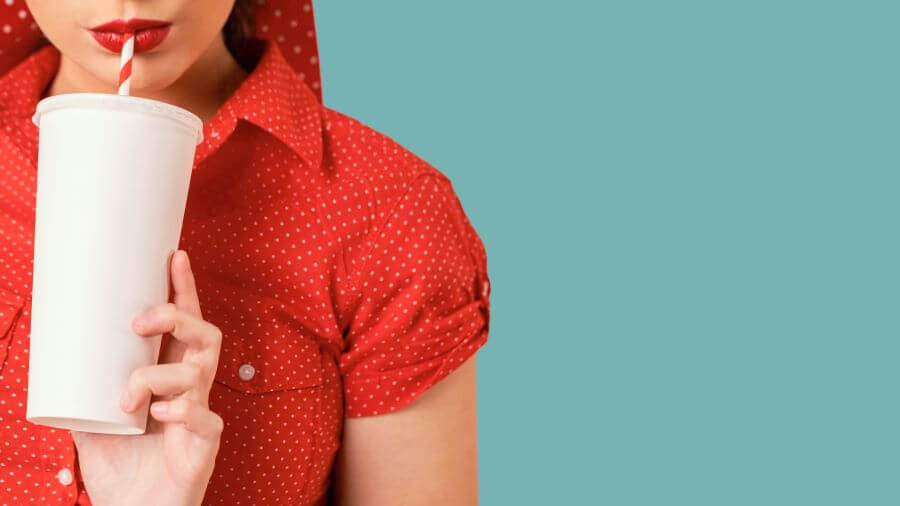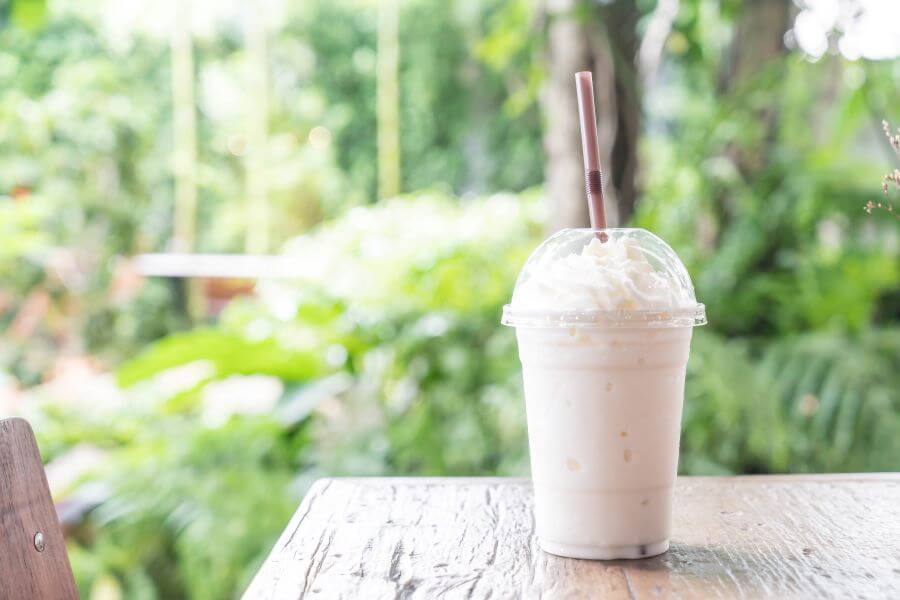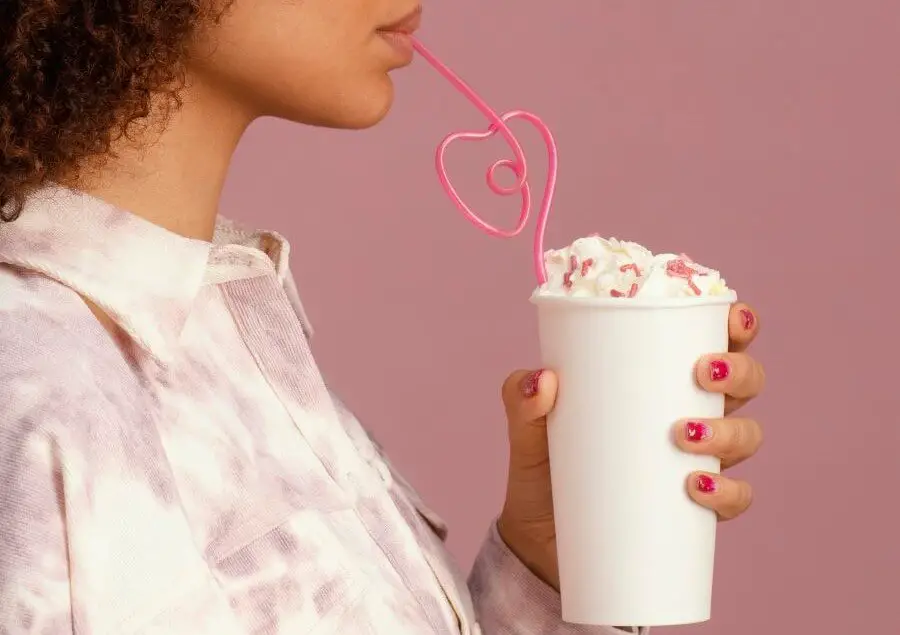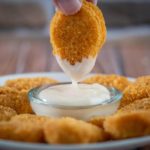McDonald’s, a household name in the fast-food industry, is known for its diverse range of offerings, one of which includes its delightfully creamy milkshakes.

These delicious treats are perfect for beating the heat, satisfying a sweet tooth, or simply serving as a refreshing companion to a meal. But what happens when you can’t finish your milkshake in one go?
Can you save it for the next day? This comprehensive exploration will delve into the intricacies of food safety, the composition of McDonald’s milkshakes, and appropriate storage methods to provide a well-rounded answer to this question.
Understanding McDonald’s Milkshakes: The Basics
Before determining whether a McDonald’s milkshake can be consumed the next day, it’s essential to understand what goes into these shakes.
McDonald’s milkshakes are made with reduced-fat soft serve, which gives them their signature thick and creamy texture. They come in various flavors, including the classic trio of chocolate, strawberry, and vanilla, catering to different tastes.
While McDonald’s doesn’t openly disclose the exact ingredients of their milkshakes, based on information on their website and general knowledge about them, they likely contain dairy products, sugar, and flavorings, among other things.
The presence of these ingredients plays a crucial role in determining the milkshake’s shelf life and storage requirements.
A Closer Look at McDonald’s Milkshakes: Ingredients and Nutritional Value
McDonald’s milkshakes are not just about taste; they also pack considerable nutritional value. They are a good calcium and vitamin D source essential for bone health. They also provide substantial energy, primarily from sugars and fats.
However, McDonald’s milkshakes contain additives such as thickeners, stabilizers, and emulsifiers alongside these nutrients. These ingredients help maintain the shake’s consistency and prolong its shelf life.
But despite these additives, McDonald’s milkshakes, like any other dairy-based product, have a limited lifespan and must be consumed within a specific timeframe to avoid spoilage.

Food Safety Basics: Dairy Products
Dairy products, including those used in McDonald’s milkshakes, are perishable and require proper handling and storage to prevent spoilage and foodborne illness.
Bacteria can multiply in dairy products at temperatures above 40°F (4°C), and consuming spoiled dairy can lead to unpleasant symptoms of food poisoning.
It’s important to note that not all bacteria are harmful. Some bacteria are used beneficially to produce fermented dairy products like yogurt and cheese.
However, the kind of bacteria that can grow in improperly stored dairy products is typically harmful and can cause illness.
The Science Behind Dairy Spoilage
When dairy products are left at room temperature, they provide a conducive environment for bacterial growth. These bacteria feed on the lactose in the dairy and produce lactic acid.
This acidity increase causes the dairy product’s proteins to denature and coagulate, leading to spoilage.
Moreover, some bacteria produce toxins that can cause food poisoning. These toxins can remain even if the spoiled food is subsequently refrigerated or frozen, so handling and storing dairy products correctly is crucial.
Storing a McDonald’s Milkshake: Refrigeration vs. Freezing
If you cannot finish a McDonald’s milkshake in one sitting and wish to save it for later, consider storing it. The two most common methods of storing a milkshake are refrigeration and freezing.
Refrigerating a milkshake can keep it fresh for a few hours. However, even in a refrigerator, a milkshake will start to melt and separate over time. If left for too long, it may lose its creamy consistency and become a breeding ground for bacteria.
On the other hand, freezing a milkshake can extend its shelf life and maintain its thick consistency for a more extended period than refrigeration.
However, the taste and texture of a frozen milkshake might change slightly upon thawing. Moreover, freezing doesn’t kill bacteria; it merely slows their growth.
So, if the milkshake was already harboring bacteria when frozen, these could multiply when it thawed, potentially causing illness.
Can You Drink a McDonald’s Milkshake the Next Day?
Given the perishable nature of the ingredients and the potential for bacterial growth, it’s generally recommended to consume a McDonald’s milkshake immediately and not wait until the following day.
While storing the milkshake in the refrigerator or freezer can slow spoilage, but it doesn’t eliminate the risk. The texture and flavor of the milkshake are also likely to degrade over time, making it less enjoyable to consume the next day.
Moreover, the specific conditions under which the milkshake is stored can significantly impact its freshness and safety.
For instance, if the milkshake was left at room temperature for more than two hours before being refrigerated or frozen, it might already be unsafe to consume due to rapid bacterial growth.
Factors Influencing the Shelf Life of a McDonald’s Milkshake
Several factors can influence how long a McDonald’s milkshake remains safe to consume.
These include the initial quality of the milkshake, the length of time it was left at room temperature, the temperature of your refrigerator or freezer, and how the milkshake is stored.
For instance, if the milkshake was prepared with fresh ingredients and promptly refrigerated, it might last longer than a shake left out for several hours before being stored.
Similarly, a milkshake stored in an air-tight container in a refrigerator set at the right temperature will likely stay fresh for longer than one held in a loosely covered glass in a warm fridge.
Best Practices for Enjoying Your McDonald’s Milkshake
To ensure you get the most out of your McDonald’s milkshake, consuming it soon after purchase is advisable. If you must store it for later, do so promptly and adequately, preferably in a freezer.
Be sure to consume it within a few hours to prevent any degradation in taste and texture.
Remember, while refrigeration and freezing can slow spoilage, they cannot reverse any already occurring spoilage. So, if your milkshake looks, smells, or tastes off, it’s best to err on caution and discard it.

Looking at the Larger Picture: Food Waste and Mindful Consumption
While examining whether you can drink a McDonald’s milkshake the next day, it’s also worth considering the broader issue of food waste.
According to the Food and Agriculture Organization of the United Nations, roughly one-third of the food produced in the world for human consumption every year gets lost or wasted.
By ordering only what we can consume and avoiding leftovers, we can contribute to reducing food waste. Furthermore, mindful consumption also involves being aware of the nutritional content of our food.
While McDonald’s milkshakes are undeniably tasty, they are high in sugar and calories. Regularly consuming large portions of such foods can contribute to health issues like obesity and diabetes. Therefore, it’s essential to enjoy these treats in moderation.
Conclusion
In conclusion, while it’s technically possible to drink a McDonald’s milkshake the next day if it has been appropriately stored, it’s not recommended due to food safety concerns and potential degradation in quality.
The best practice is to enjoy your milkshake shortly after purchase, ensuring you experience the optimal flavor, texture, and, most importantly, safety.
So, the next time you find yourself savoring a McDonald’s milkshake, remember: these delightful treats are best enjoyed fresh!






